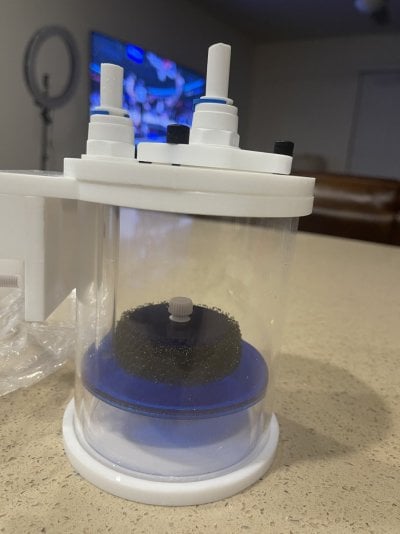I installed a DIY CO2 scrubber in January of 2017, and have had pretty good results raising my low ph. I spent a good amount of time researching this yesterday and it's only mentioned in passing or not at all in most of the posts/instructions that I have come across. I have yet to find anything to explain why, so...Why do it and how important is it?
I have very little room to add water due to the intake holes being so close to the bottom, and since there is so little water it evaporates quickly. I can easily make a new one with more room between the intake holes and the bottom in order to hold more water if need be, but I'd like to understand the "why" before I do it.
I have very little room to add water due to the intake holes being so close to the bottom, and since there is so little water it evaporates quickly. I can easily make a new one with more room between the intake holes and the bottom in order to hold more water if need be, but I'd like to understand the "why" before I do it.




















